During the middle of the 19th century, London’s antiquarian market was flooded by the sudden arrival of a large number of supposedly mediaeval leaden artifacts of unknown origin. Questions about the authenticity of the items were raised, but the general consensus was that they were real. The objects were eventually revealed to be forgeries made by two lowly criminals with no background in either history or archaeology. In fact, they were illiterates. As expected, their products were also inept and crude. What’s embarrassing was how readily some of the most authoritative medievalists of Victorian London fell for the slipshod workmanship. Known as Shadwell forgeries these medieval-looking medallions, amulets and coins with nonsensical inscription and jumbled numeration were today’s equivalent to phishing emails with incorrect spellings and grammar.

The Shadwell forgeries were the work of two mudlarks, William Smith (Billy) and Charles Eaton (Charley), who scoured the banks of the Thames for anything of value that they could sell. It eventually dawned on them that they could earn more by fabricating antiques themselves. In 1857, Billy and Charley began manufacturing a range of “medieval” objects by making moulds out of plaster of Paris and casting the objects in lead and later a lead-based alloy. Their techniques were extremely primitive and amateurish, leading to poorly defined edges, pitted and uneven surfaces and poorly drawn figures of knights wearing strange spikey crowns and bearing childish expressionless faces. Inscriptions were just meaningless scribbles since neither Billy nor Charley could spell.
To give the appearance of age, the objects were treated with acid and then coated with river mud. Billy and Charley also carved dates, between the 11th century and the 16th century, in many of their forgeries, but here too they exhibit their sloppiness. The dates were made in Arabic numerals even though Arabic numerals did not come into use in Europe until the 15th century. All these glaring mistakes passed through the scrutiny of historians without anyone raising an eyebrow. Charles Roach Smith, a leading antiquarian and co-founder of the British Archaeological Association, even stated that the very crudity of the objects is evidence of their authenticity, as any 19th century forger would have done a better job. So the ineptness of Billy and Charley ended up acting in their favor instead of against. Roach Smith also found a convenient backstory for the objects. He stated that the items were crude, religious tokens, dating from the reign of Mary I of England, that had been imported from continental Europe as replacements for the devotional items destroyed during the English Reformation.

In 4 or 5 years, Billy and Charley produced between 5,000 and 10,000 forgeries. The sheer volume of items aroused suspicions in some circles, and in 1858, in a lecture delivered to the British Archaeological Association, Secretary Henry Syer Cuming denounced the items as “gross attempts at deception”. The lecture was reported in The Gentleman's Magazine and The Athenaeum, and sale of them items quickly declined. George Eastwood, the antique dealer who sold Billy and Charley’s products sued The Athenaeum for libel, but because the publication did not name Edwards, the court found The Athenaeum not guilty.
Although Eastwood lost the case, the defendant failed to prove the objects were forgeries. However, not everyone was convinced. Charles Reed, a British politician and antiquarian, began his own investigation and made enquires at the Shadwell Dock construction site where Billy and Charley claimed to have found the objects. In his testimony, Billy said that he obtained the objects by sneaking into the site after bribing the guards with money and drink. But Reed could not find anyone at the dock who had uncovered such finds. Reed then gained the confidence of a scavenger who confirmed that Billy and Charley had been selling forgeries. Reed paid the scavenger and had him break into the workshop of the forgers and steal their moulds. These were presented at a meeting of the Society of Antiquaries of London as evidence of the forgery.
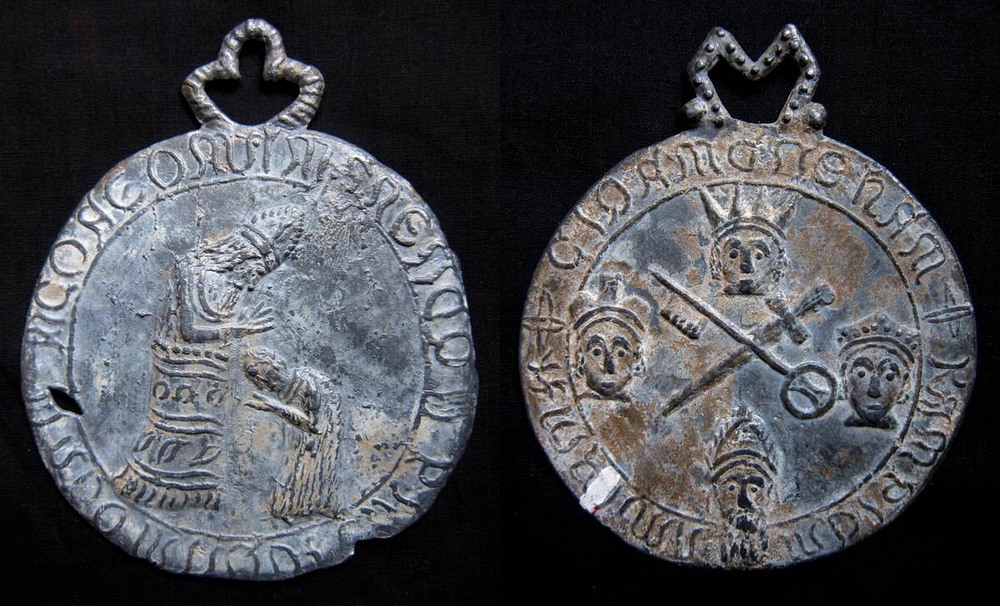
Despite their exposure, Billy and Charley’s crimes did not receive much publicity. This may be because many experts who fell for the scam decided to keep mum, so as not to admit their own faults. Billy and Charley continued to make and sell forgeries throughout the 1860s. They even showed a remarkable improvement in their craftsmanship. In 1867, while trying to sell some of the forged items, a local clergyman recognized the objects and alerted the police. Billy and Charley were arrested but the court released them on grounds of insufficient evidence.
Charley Eaton died in January 1870 of tuberculosis. William Smith was last seen in 1871 trying unsuccessfully to sell a lead copy of a 13th century jug. He then disappeared and nothing further is known of him.
Billy and Charley’s forgeries continue to circulate. Several London museum have them in their collection. You might also find someone selling them on eBay sometimes.
Image courtesy: spitalfieldslife.com

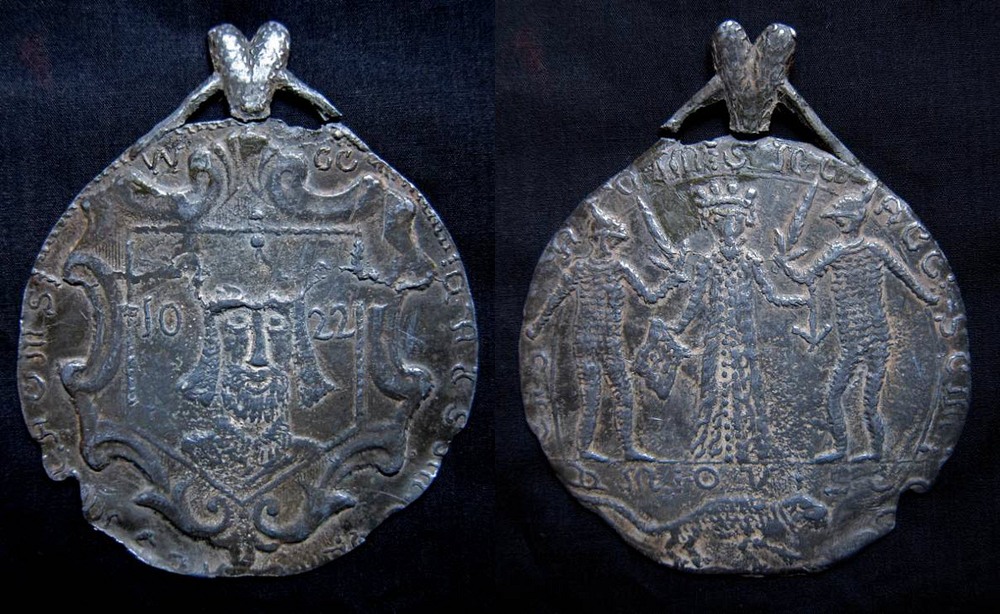
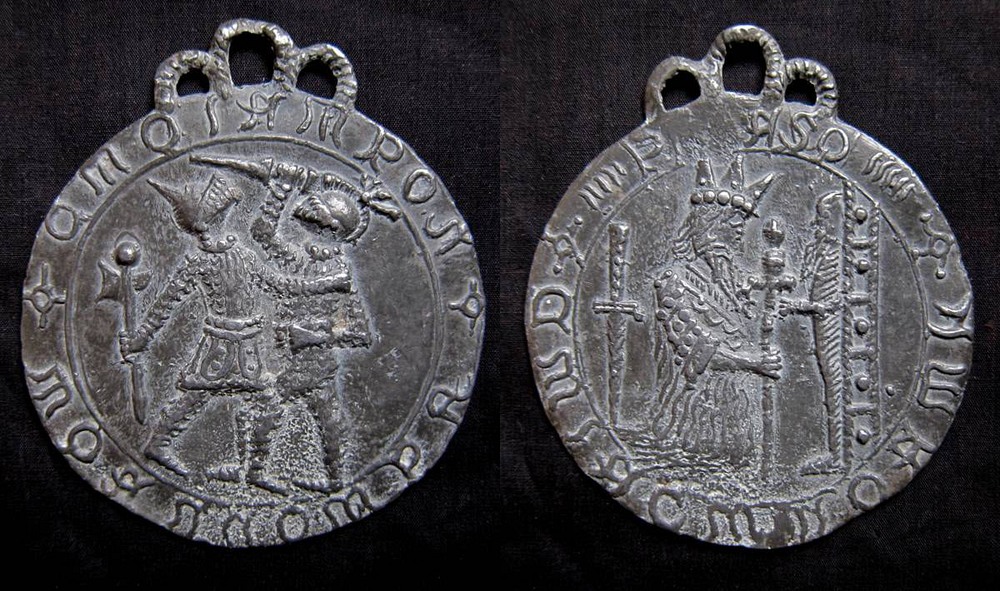
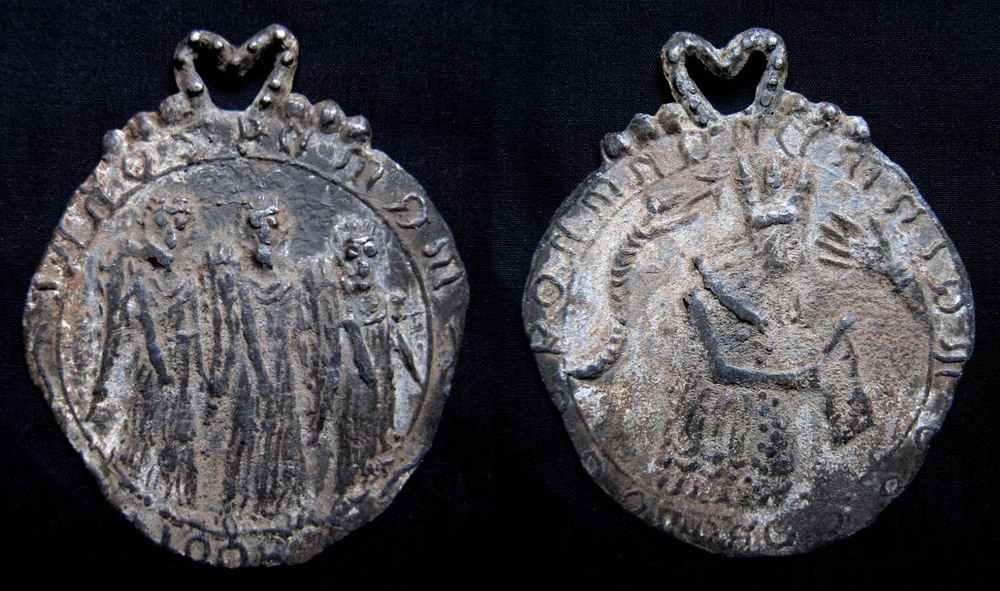
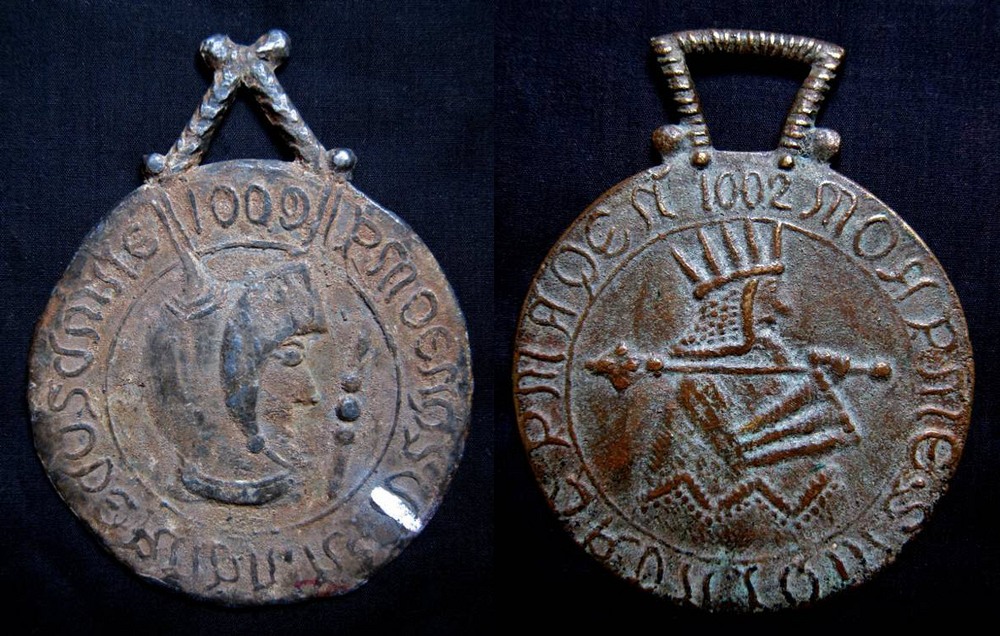
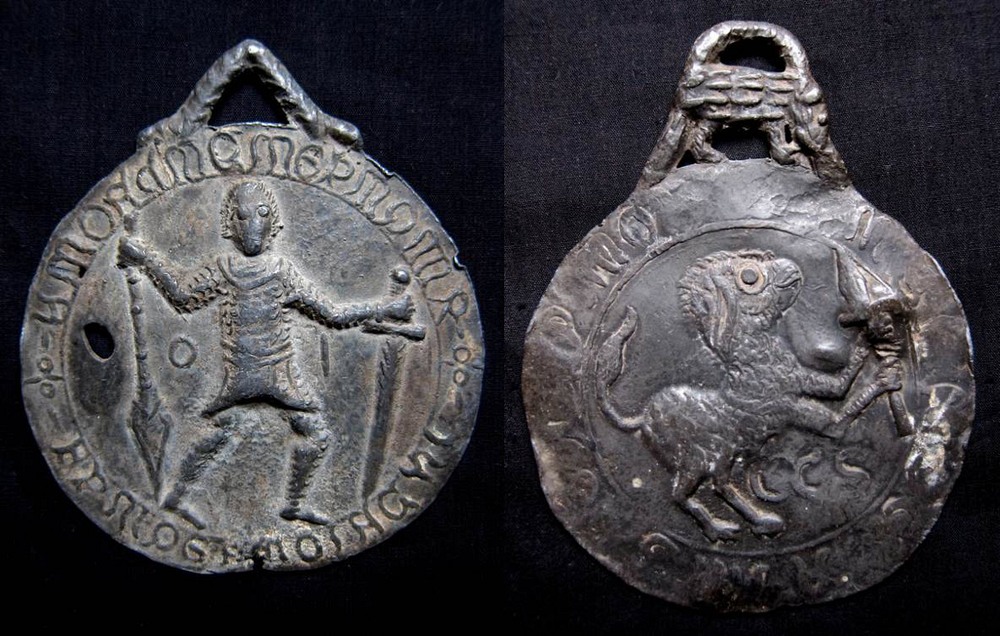
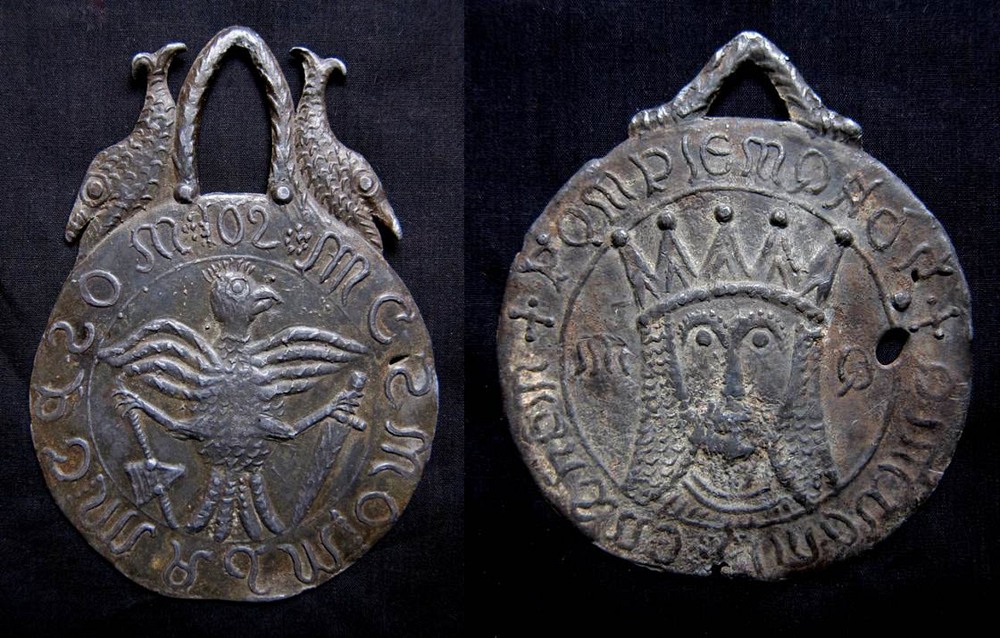



Comments
Post a Comment